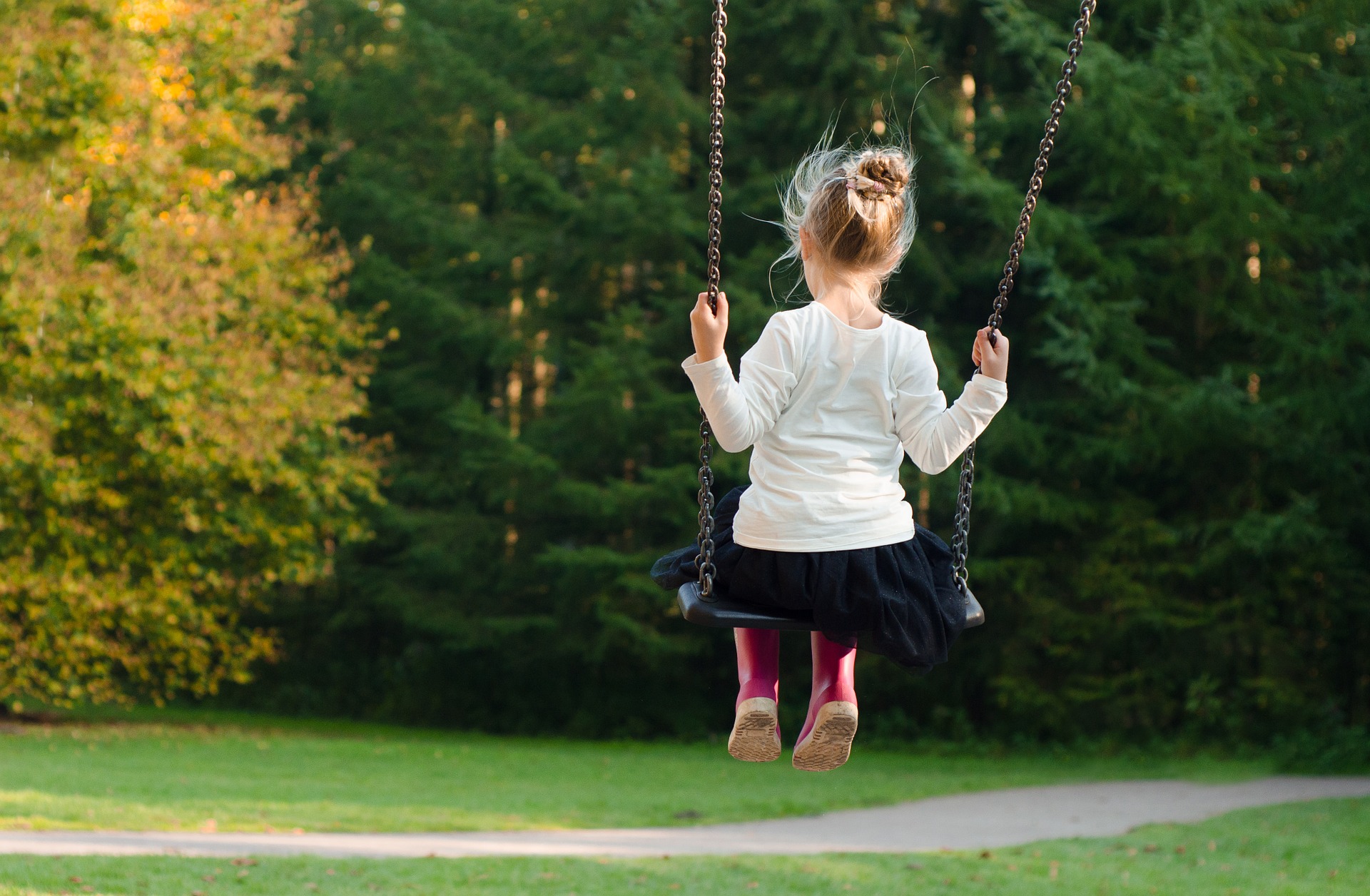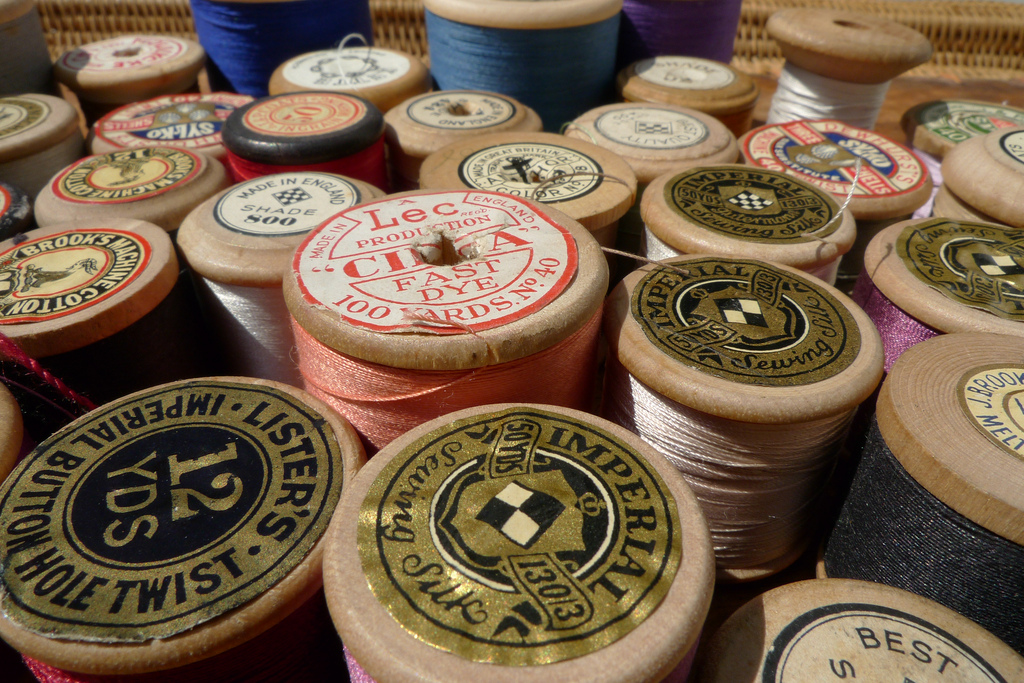In a world where tensions are high, stability is a luxury, and critical aspects of decent society seem to be crumbling before our eyes, it’s easy to rush to angry judgment. The people of the world are becoming more polarized than ever, and this trend shows no sign of slowing.
Humans are flawed. We are good at spotting patterns (even when none exist), and adapting to change when necessary, but we mostly suck at everything else. One big example of this is large numbers. Humans are astonishingly bad at thinking about numbers larger than a few hundred.
Robin Dunbar, a British anthropologist, suggested in the 90s a correlation between primate brain size and the number of social linkages maintained by an average member of the species, now called Dunbar’s Number. In humans, that number of relationships comes out to around 150. Robin relates this number to the typical maximum size of a social circle most people can maintain.
In addition, this figure of 150 is only for groups under survival pressure, and would require substantial ‘social grooming’ to maintain. That being said, the principles that give rise to Dunbar’s Number likely extend even further than this.
At least in North America, over 80 percent of the population lives in urban environments. This kind of lifestyle lends itself to a larger range of connections than rural living can, and our social connections bear that out. While a typical city block varies broadly in size and density, consider a block downtown littered with apartment buildings. At any point, one of these blocks could house hundreds of people, all living within minutes of each other on foot. There is no way that any individual person could have time to know and maintain relationships with even a fraction of their neighbours in this kind of living situation.
Now, take the opposite situation. There are small towns in North America that are populated by members of one or two extended families, where even dating prospects are limited to the one other family, or your own relatively close cousins. In these instances, where your average day might only include interactions with the same 100 or so individuals, it would be easier to keep in touch and follow the lives of almost everyone you see on a regular basis.
There was a time not too long ago when most people lived in this second situation, and a new person coming to town would be a cause of great interest, because people’s social ‘dance card’ was actually relatively empty. Of course, if somebody new moved to your urban city today (which almost certainly did happen), if you even knew about it, it would not be news, or even interesting to anyone.
Social relationships are complicated these days, at least in part because our social biology hasn’t yet caught up to the realities of modern life. The horrific act of violence, natural disaster, or political scandal du jour is broadcast all over the internet, through traditional news media outlets, and is the topic of conversation at water coolers and street corners across the country.
This visibility of news has a way of polarizing those who read it, especially when so much of the media isn’t reporting on news and events so much as running them through a filter. This is a problem in left-leaning media as much as it is in right-leaning media, and since the market for objective, rational media coverage is effectively non-existent, the whole thing is entirely self-sustaining. Pew has done some great research on polarization, and how huge the divide between political ideologies is these days.
Taking a step back, consider the following: no news isn’t good news anymore. Look no further for evidence of this than in scientific research. Scientists are faced with tightening budgets, increasing accountability for funding, and losing credibility without publishing their work. However, an increasing number of journals are choosing not to publish negative results or confirmation studies.
This means that research which fits a hypothesis is published, while subsequent studies following up on that research aren’t done, and further research that doesn’t turn up more or better evidence is shelved or thrown out. Anybody with an ounce of sense and a few minutes to think about it can see that this leads to a system that pumps out misleading or error-prone research, and suppresses the error correction that makes the scientific method so appealing.
The same thing is true in the news media. A sensational story with little fact or evidence will make its way around the world several times before any thought is given to its validity. Later, the story is clarified, parts are retracted or modified, and the much less interesting truth never really filters through major news channels like the original ‘story’.
Put another way, if there is an interesting angle to a potential news story, nothing else matters. Whether the resulting press coverage of an issue is true or false, whether people’s lives or careers are ruined, none of this matters because everyone is looking for the next scoop already. And when it’s uncovered that a story isn’t as interesting as originally advertised, i.e. there’s no news, there’s no money in correcting that error.
All of this brings us to an interesting point about the human race as it exists today. At any moment, I could, in theory, get into direct written (or possibly visual) contact with almost anybody on the planet. I would estimate that for at least 9 out of every 10 people, that conversation could begin within seconds. We’ve all become intertwined with social fabric that something happening to a few people on the other side of the world can be the most interesting and relevant thing we hear about on a given day.
Our ‘family’, in the small-town sense of the word, has grown so quickly that many of us, especially in younger generations, now consider celebrities and people in popular culture worthy of being included in the <150 people we hold in our tightest social circles. That leads directly to the rise of vlogging and podcasting as mediums of growing popularity, because these forms of media draw in their fans so they feel they’re included in the narrative.
At the moment, I’m not saying whether this revolution of sorts is good or bad for society. I think in general, time will tell and everything will mostly just work itself out. However, since we currently have access to the largest potential number of personal social connections than at any other time in history, we naturally tend to filter our social groups down more and more into the people we have the most in common with.
The ‘filter bubble’ is a well-known phenomenon caused by algorithms giving you only the news or opinion you want to hear, but there’s a real world version of that as well. Before the Internet, if you met somebody who had a different opinion from you, social norms meant you talked and learned each others’ points of view, and perhaps even changed your mind on something. Increasingly, as social groups become more reliant on communication at a distance, these encounters with different opinions are becoming more rare, and in many instances can be avoided completely.
As a result, groups of people spending time together tend to all like and think a lot of the same things, and anybody who doesn’t share these views or ways of thinking may increasingly start to be seen as more different, and may perhaps even be scary.
As for what this means, well…it’s not good.
Part 2…
Editor’s Note: When I started this piece almost two months ago, I actually wanted to make a totally different set of points, but when I started writing, here’s what came out. While I think this piece stands on its own just fine, I am already planning a follow-up wherein I address how the changes described above have made us all less empathetic, and what could be done to address that.


